Frustration barely below the surface in his presentation, General Aviation Modifications Incorporated’s (GAMI) George Braly recounted efforts to develop 100-octane unleaded fuel at Sun ’n Fun today. Although the company has been testing and flying its G100UL since 2010, and received STC approval for a subset of Lycoming-powered aircraft at AirVenture last year, movement on a broader approval from the FAA has slowed to a near-crawl.
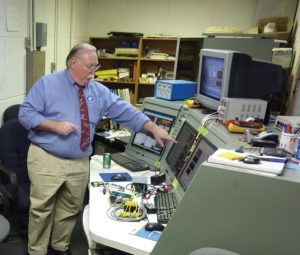
Braly relayed to the standing-room-only group gathered in one of the educational facilities on the site that GAMI had completed work toward a much broader STC that would allow G100UL unleaded avgas to be used with virtually all piston engines, from the modest O-200 up to the Wright R-3350. After the FAA office responsible for reviewing the STC application, which included reams of engineering and engine-test data, stated that GAMI had met all the requirements, FAA management called for an independent review of the data. That started in December and was completed in early January, and by early March the local certification office said that GAMI had successfully come through the review and met the requirements of the expanded STC, noting that the final signoff was waiting only one final FAA approval.
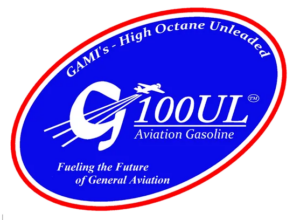 The FAA then initiated what amounts to an executive order for GAMI’s product to be the subject of a Technical Advisory Board, which is made up of industry experts. Not only had GAMI already been given a base STC for G100UL, the TAB process wasn’t even new; it had done five of them previously dating back to 2010.
The FAA then initiated what amounts to an executive order for GAMI’s product to be the subject of a Technical Advisory Board, which is made up of industry experts. Not only had GAMI already been given a base STC for G100UL, the TAB process wasn’t even new; it had done five of them previously dating back to 2010.
At this stage, there’s still some hope that G100UL will receive its greatly expanded STC by May 1. The company has been in development of this fuel for more than a decade, and has extensively flown a turbo Cirrus as well as committed hundreds of hours of highly instrument engine test stand development in search of a totally fungible 100LL replacement. By dint of receiving the initial STC, GAMI has already proved to the FAA that its fuel is safe—that it provides sufficient detonation margins for high-performance engines, that it has appropriate materials compatibility and that it mixes freely with 100LL, 94UL and even mogas without issue.










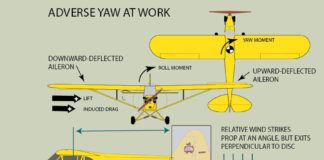
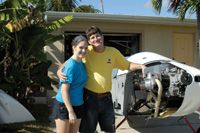
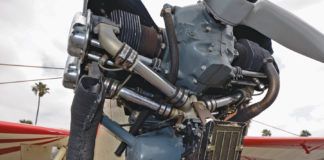

The problem we are dealing with is a bureaucracy that avoids making any decision anyone can be held responsibility for. Therefor the demand is always for more data that no one acts upon.